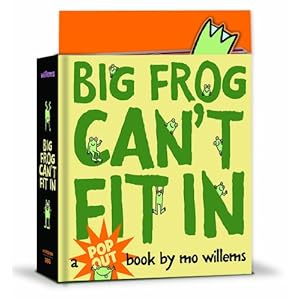
Have Schools Changed?
Today may have been a day of rest for many, but for teachers on Twitter the conversations were intense. The arrival of "superman" (AKA "Waiting for Superman" the movie) and the conversation of media (AKA #educationnation) kept everyone busy.
During the Twitter traffic @PaulaWhite tweeted:
paulawhite today’s 4th graders to exactly the same educational experience that I got in 1976, that my father got in 1946, and...
My first reaction was "Too True", and I immediately retweeted her comment. I had a similar thought just a week ago while talking to a new acquaintance. He was about my dad's age and was talking about his experiences in our community high school (small town tales). As he was talking, I couldn't help but notice the similarities between his experience, my experience, and my son's high school experience. Essentially, we're talking about 60 years of school, but it sounded exactly the same. School hasn't changed.
Or has it?
Sometimes I think change is so gradual we don't always notice or acknowledge it. I think schools have a long way to go until they catch up to the world our children live in every day. I know I am always working to improve my practice. School is in many ways the same, but there are also some differences. As I started thinking about my days in first grade here's what I know is different:
When I was in first grade we read Dick & Jane, and only Dick & Jane. I don't remember any other books being in the classroom. My students can choose from a variety of books, a variety of genres, by a variety of authors. Our room is full of a variety of books.
When I was in first grade the entire class read together. We opened our books and read. My students move in and out of fluid groups to support their reading growth. I confer with students in one-to-one conversations, work with small groups, and adjust instruction to meet the needs of individuals (not the group).
When I was in first grade we could go to the school library one time each week and check out one book. My students can go every day. They can check out books, movies, CDs, magazines.
When I was in first grade we sat in neat quiet rows. My first graders sit at tables, we sit on the floor, we work around the room.
When I was in first grade the classroom was absolutely silent all day. Our room is rarely silent. Collaboration is encouraged.
When I was in first grade we practiced handwriting on big fat lined paper. My first graders write stories.
When I was in first grade there were no computers, Flip video cameras, or digital cameras. My first graders use all of these.
When I was in first grade we colored pictures. My first graders don't have time to color pictures. In addition to learning to be literate, my students are learning science, math, and social studies.
What do you KNOW is different? I hope you'll share your thoughts here....




